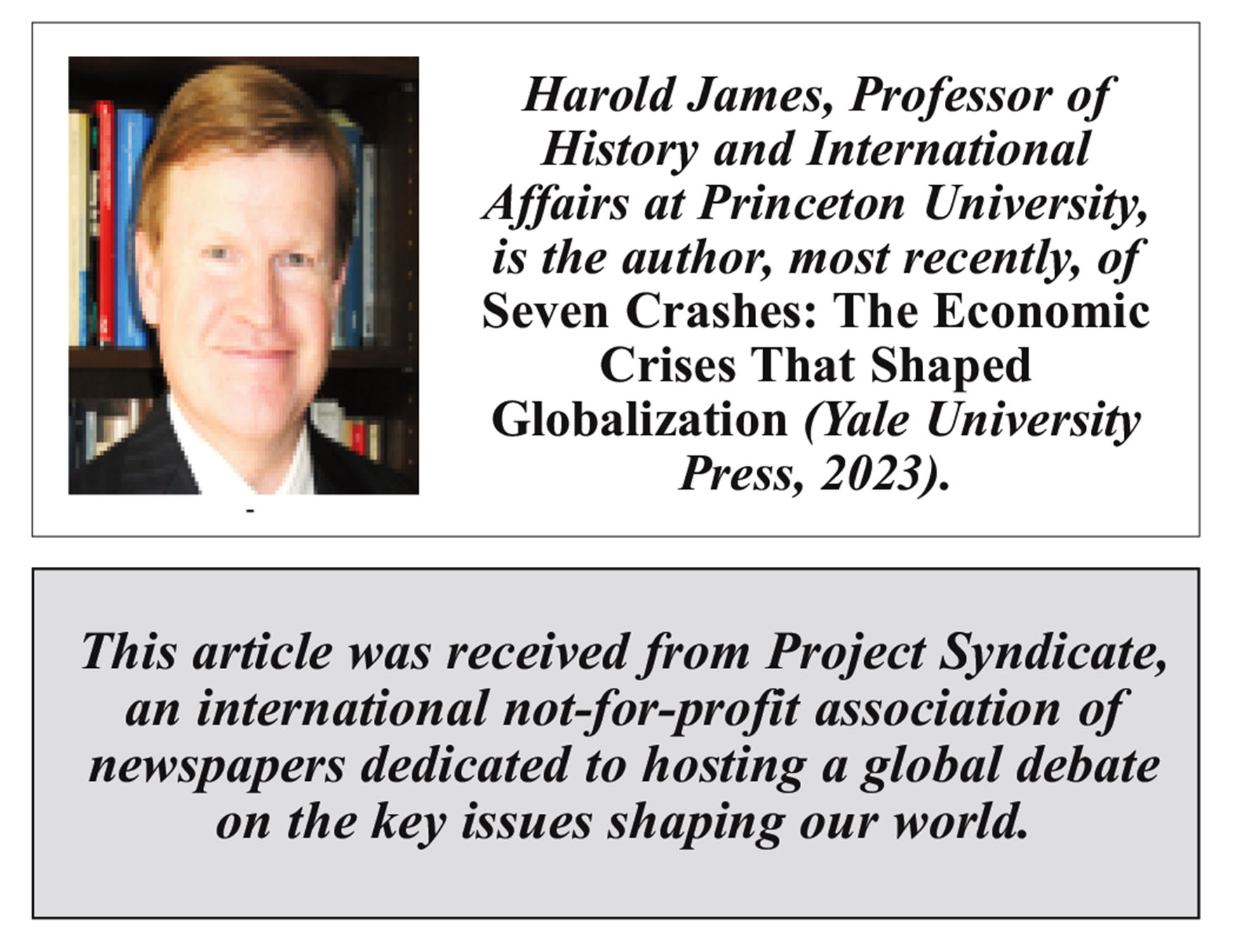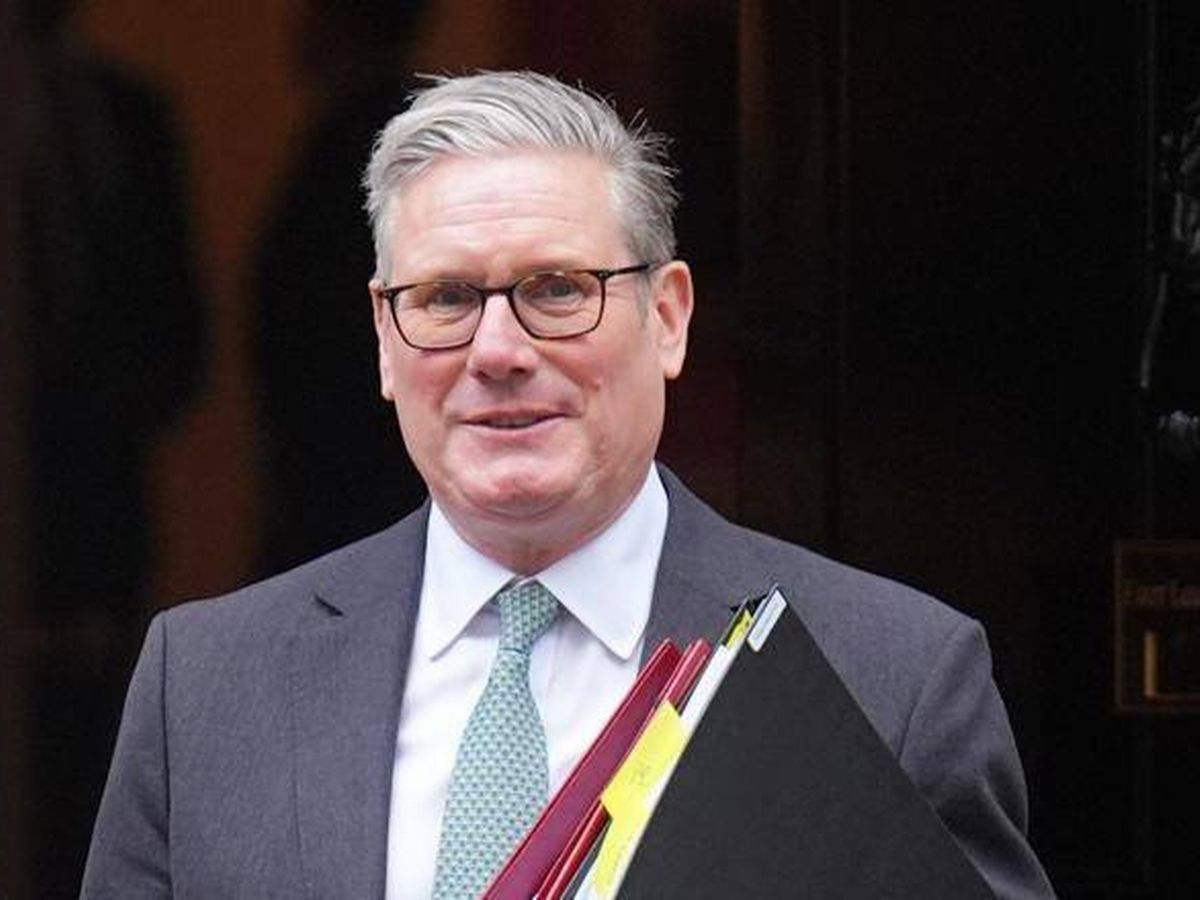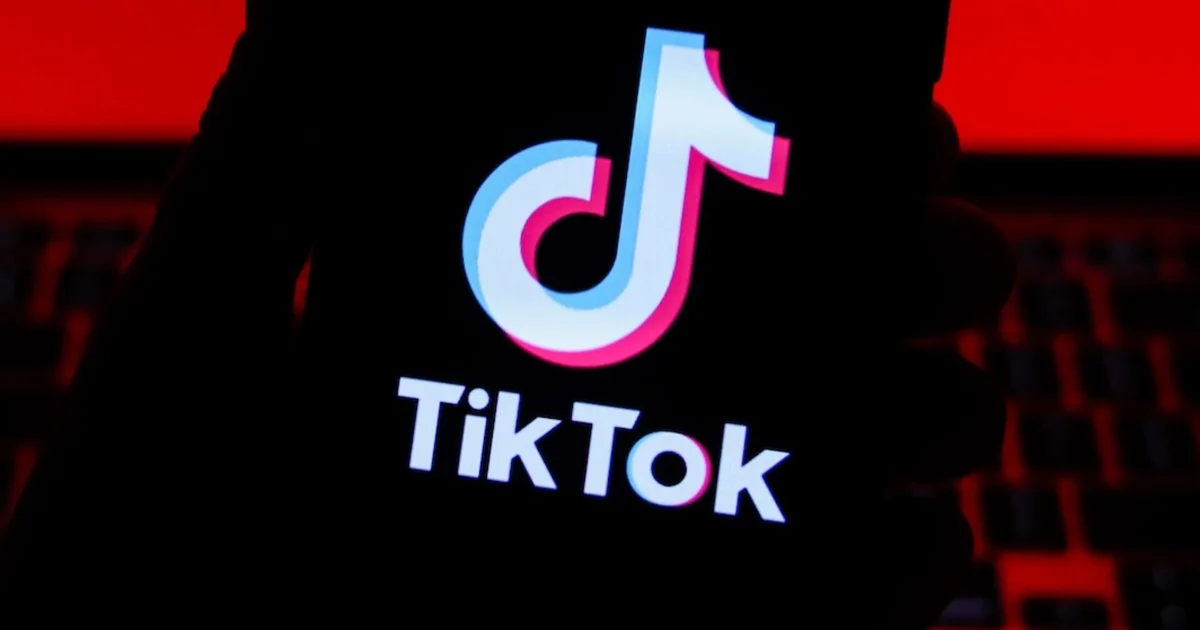By Stabroek News
Copyright stabroeknews

PRINCETON – In an age of shifting geopolitics, many countries’ strategic planning includes imaginative exercises in weaponizing their positions in the world. While Russia and China have been moderately successful at this game, America’s efforts have already boomeranged back on it.
Russia thought energy dependence would force Europe to accept its invasion of Ukraine in 2022, and that calculation was partly right: Europe has found it hard to wean itself off of Russian oil. Moreover, energy deals are at the heart of Russia’s improved relations with both India and China, providing the economic underpinning for a new anti-American coalition.
China is in an equally strong position, owing to its control over strategic raw materials and their processing, particularly rare earths and other critical minerals. Gallium and germanium are key ingredients only in not green energy technologies, but also in LEDs, fiber optics, and high-performance electronic devices. And antimony, also predominantly sourced from China, is crucial for high-performance military equipment and as a fire retardant.
In response to US President Donald Trump’s “Liberation Day” tariff announcement in April, China imposed new restrictions on seven additional rare earths: samarium, gadolinium, terbium, dysprosium, lutetium, scandium, and yttrium. Having demonstrated little previous awareness of their importance, the Trump administration had to backpedal almost immediately on multiple fronts of its trade war.
The US has been scrambling to imitate the Russian and Chinese strategies, ramping up energy production and pouring public money into promoting the development of rare-earth production. But both efforts are problematic.
While short-term oil and gas production may have increased, new investment in drilling and pipelines will be required in the long run. And yet, with marginal costs of non-carbon energy continuing to fall rapidly, energy companies are wisely reluctant to devote resources to fossil fuels. That means the current US push will be a flash in the pan.
Developing rare earths is more plausible, but it will take time. From the 1960s to the 1990s, the Mountain Pass mine in southern California was a major world source of rare earths. But in recent decades, various US operators who have jumped into this business have ended up in bankruptcy.
The newest US rare-earths company, MP Materials, started up in 2017 and has now secured its future by giving the Pentagon a $400 million equity stake, coupled with a purchase guarantee for what it mines. But while Trumpian state capitalism can prevent future bankruptcy, it cannot perform miracles. MP’s key investment, the 10X Facility, will not start producing until 2028 or later.
So, in its desperation to do something more immediately effective, the Trump administration has reached for the most obvious and widely discussed lever: the dollar. Back in the 1960s, Valéry Giscard d’Estaing, then France’s finance minister, famously complained that the greenback’s global primacy gave America an “exorbitant privilege” within the global economy. Now, Trump seems to want to test the limits of that privilege, even as he pursues other priorities (such as threatening the independence of the US Federal Reserve) that undermine it.
There is a long tradition of contemplating the various, and precarious, roles of international currencies over time. Early in the British pound’s long ascendancy, Walter Bagehot, the great nineteenth-century editor of The Economist, wrote that the “briefest and truest way of describing” Britain’s financial system was to call it “by far the greatest combination of economical power and economical delicacy that the world has even seen.”
The same argument can be applied to the US dollar today. As a recent International Monetary Fund report makes clear, the dollar is indisputably at the center of the global financial system. But trade and finance move at different speeds, because the former depends on the exchange of production, while the latter is simply a platform. If one financial platform has problems, it can be changed. Substantial sunk costs did not prevent Genoa, Antwerp, or Amsterdam from losing their positions as global financial centers.
Moreover, it is easier, and much quicker, for other countries to develop alternatives to the dollar than for America suddenly to develop its own rare-earths industry. You need only open your eyes to see currencies not weighed down with immense fiscal problems, high deficits, and spiraling debt levels.
Recall Facebook’s Libra initiative, undertaken in a much more stable world, to launch a blockchain-based currency benchmarked to a basket of other currencies. While this effort immediately ran into opposition from the United States and the European Union, there were no technical hurdles to pulling it off. While alternatives to the dollar – such as the euro or renminbi – looked implausible in the past, blockchain makes possible the old dream of a world currency.
To be sure, the Trump administration believes that stablecoins secured against the US dollar will increase demand for Treasury bills and bonds, thus allowing the US to service its vast national debt more easily. But while almost all stablecoins are indeed dollar-pegged, it would take only one financial crisis in the US, or even just the hint of one, to create an impetus for coins pegged to a basket of other strong currencies (such as the Australian, Canadian, and Hong Kong dollar, the Norwegian and Swedish krone, and the Swiss franc). An imaginative issuer of a new synthetic currency could even add in some pure cryptocurrencies, and almost certainly would also include the world’s most enduring monetary backstop, gold.
In any case, Trump is impatient about asserting America’s role in the world. He likes quick results and disdains losers. But despite the country’s abundance of talent and ingenuity, he has picked a fight that he is unlikely to win. The growing risk to the dollar’s global role will see to that.
Copyright: Project Syndicate, 2025.



